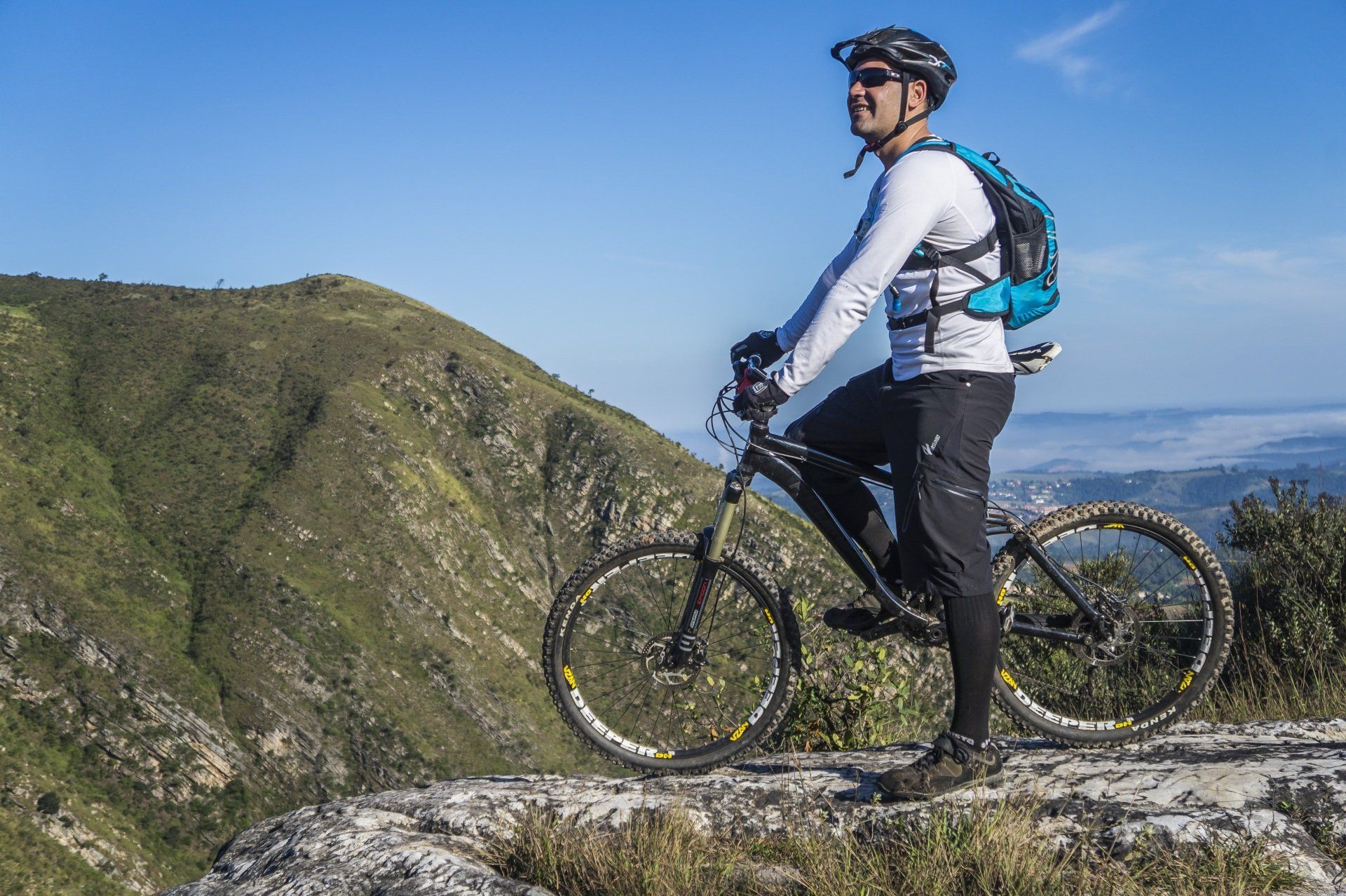Cycling Tips on Preventing Bike Chafing
Cycling Tips To Prevent Bike Chafing

If you're a serious cyclist, you've definitely had saddle sores and/or bike chafe on a ride. It's unpleasant and can make a journey unpleasant or even intolerable. Therefore, how do cyclists avoid chafing?
There is no one certain solution, but in this essay, I provide a few simple suggestions that may help decrease the likelihood of saddle chafing and, ideally, stop those uncomfortable little saddle sores from forming and worsening.
What Causes Bike Chafing & How Do Saddle Sores Develop?
Let's first discuss what's going on down there. It's likely that there is excessive contact between your chamois and the bike saddle when you start to get that burning sensation in your genitalia. Inner thighs, the butt, and the groin are where chafing most frequently occurs.
Poor saddle fit, cycling shorts that are too loose or too tight, sweaty chamois, or simply a lengthy bike ride where things are getting a little dry can all be contributing factors to bike saddle chafing.
Bicycle chafing often only causes discomfort and may necessitate one or two days of relaxation, but if it isn't treated properly, saddle sores may develop, which may subsequently get infected.
Saddle sores are swollen, inflamed, pimple-like welts that appear after spending a lot of time riding a bike and experiencing a lot of abrasive friction between your skin and the saddle.
1. CHECK SADDLE FIT & SEAT HEIGHT
Saddle Fit
It should go without saying that not all saddles will fit the same rider because each has a unique body shape, riding style, and seat position. A properly adjusted saddle should allow for effortless mobility while balancing you comfortably and equally on both sit bones.
The distance between your sit bones is one of the best measurements you can do to identify a good saddle fit. This will aid in determining the saddle's recommended width.
Seat Height
When it comes to chafing, seat height can also make a significant difference. Your hips will swing back and forth if your seat is too high, causing rubbing between your inner thighs.
Your body position will be incorrect if your seat is too low, which could lead to more friction. Use the 109% approach to determine the ideal seat height for you.
2. APPLY CHAMOIS CREAM
The ideal companion for cyclists is chamois cream. Chamois cream is essentially a lubricating lotion that you apply to your nether regions to assist reduce friction and chafing if you've never used it before. Shea butter, aloe vera, oils, and other calming components are frequently included. Some even have some antibacterial qualities, like tea tree oil, which can help prevent saddle sore infections. The most beneficial is to look for creams that are manufactured from natural ingredients and don't include any hazardous dyes or scents.
3. INVEST IN NEW & QUALITY CHAMOIS
We all have a tendency to wear our clothes until they are essentially unwearable. While this is a wonderful strategy for other cycling gear or regular clothing, it is not a good approach for chamois. Over time, chamois' padding might become less cushioned, which can cause it to shift back and forth while you pedal, increasing friction and perhaps leading to chafing.
It's time to switch to new chamois when you realize that your chamois pad has lost some of its thickness or the elastic spandex is no longer as elastic. Furthermore, it's crucial to remember that not all chamois are made equal. There is no one ideal chamois, just like there is no one ideal bike saddle, so it's a good idea to try on a few different pairs to find which ones feel the best for you.
4. WASH YOUR CHAMOIS AFTER EVERY USE
Who doesn't wash their chamois after every ride, you might be asking. and while that may be the case, it is nevertheless vital to remember this because sweaty, filthy chamois can seriously harm your delicate areas.
The germs that may be forming in those day-old chamois can infect saddle sores rather quickly, and the salt and sweat can be abrasive to already chafed regions. Therefore, kindly wash your chamois.
Try to wash them in a river or lake before putting them back on if you're on a bikepacking trip or a multi-day mountain riding trip and don't have access to a washing machine.














